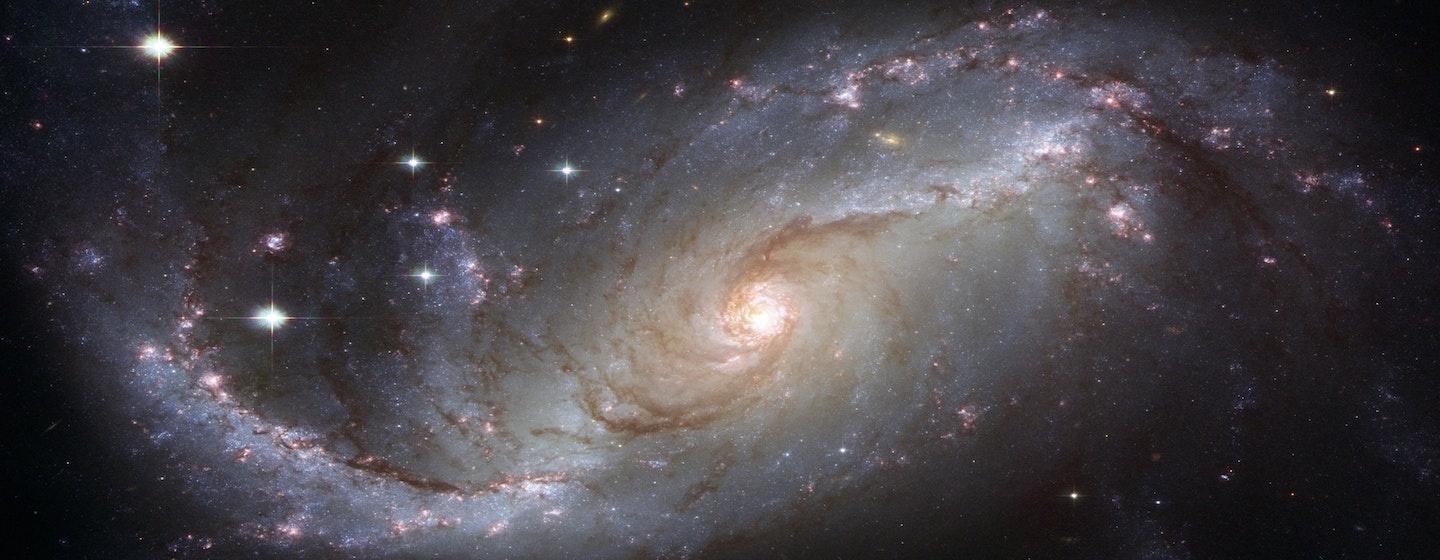Finding the Distance Between Stars


We’ve all taken a road trip and at some point, the question is asked, “how far are we from…?”
Essentially, it’s a measure of distance. You might use the GPS on your phone or, if you are more traditional, look at the points on a map. But in either case, you are calculating the distances between landmarks such as cities, or points of interest, or even the exits on a highway.
Astronomers face the same question in the universe (although there are no rest stops between Earth and Alpha Centauri) Binary stars serve as the landmarks to measure the huge distances in the universe.
Binary stars are two separate stars that orbit each other so closely, one day they might collide or transfer mass so that one of the stars will explode. If that happens, the supernova becomes one of the brightest objects in the universe. That’s why they are used to measure distances.
The problem is that astronomers must sift through thousands of stars, looking at each one for hours to find binary stars. It’s not practical.
Astrophysics students at High Point University decided to try a different approach, using data in a new way from two research satellites already in orbit.
Watch this Sci NC story to find out what happened.
Students at High Point University discover a new way to find binary stars using data from existing NASA and ESA satellites, savings years of research and millions of dollars.